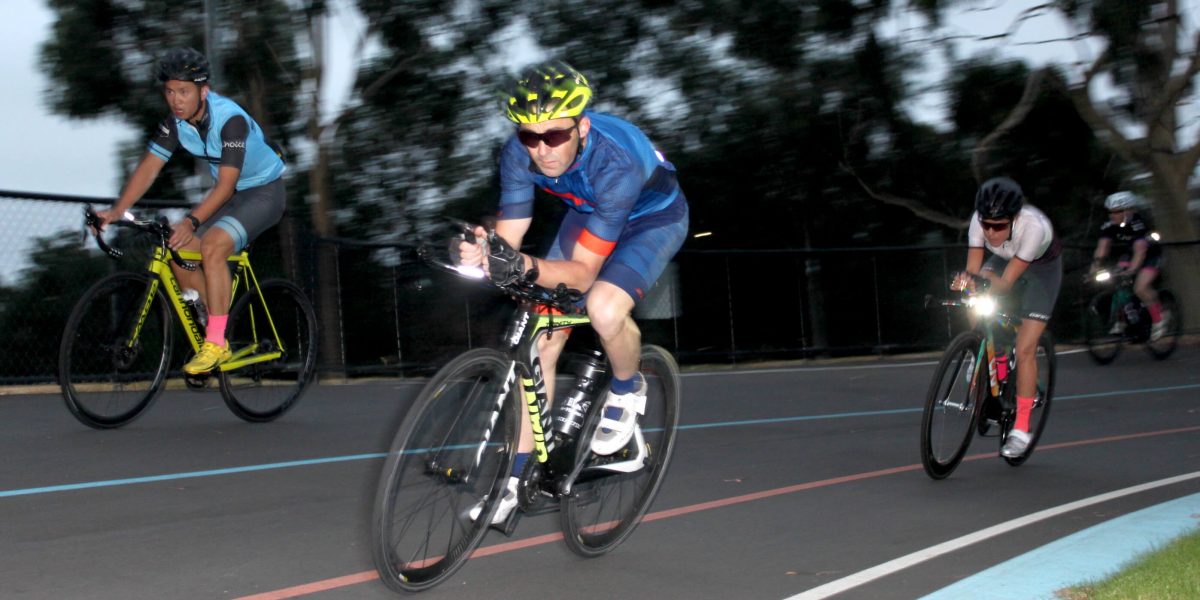Every athlete at one stage in their training, racing or even everyday life, has wished that they had more energy.
How can I get more energy? How will I make it through the day to get to training tonight? How am I going to get to the end of the week? The answer, interestingly, lies in your emotions.
Emotions are energy, and as such can be used not only to perceive the world around us, but also to get the extra push we need in the middle of our race or in our day-to-day living. In order to master our emotions, we need to follow a path that consists of accepting, learning and controlling them. This is what will make the difference between getting the best out of our emotions and becoming prisoners in our own selves.
ACCEPTING
You may not be aware of the fact that how you feel deeply impacts the way you perform. Emotions are energy. Once you start feeling happiness, sadness, anger or fear, your entire body starts working as a whole to help you adapt to your emotion. Every single part of your body, your brain, your heart, your muscles will respond to your emotions.
As an athlete and as a human being your first goal is to accept the presence of the emotions, from the pleasant to the uncomfortable. In sport, from the nerves before racing, to the fear to the open water and the happiness of crossing the finish line, accepting the presence of each emotion as an ally and part of your journey is crucial to get to your optimum performance.
LEARNING
Understanding all your thoughts, emotions and feelings will be the base of getting the best out of them in terms of quality. In order to do this, your goal will be to allow yourself to genuinely feel each emotion. Neglecting the emotion will only make you a prisoner of it. Letting yourself observe the physical, emotional and social implications of your emotions will help you understand when, where and how to utilise the strength within.
From past experience and observation, you will understand what each emotions role is, when they appear, how they feel and what triggers them. In a race setting this would translate into describing how your body feels just seconds before the start of the race, when fatigue kicks in the middle of the bike leg, or the adrenaline throughout T1 and T2.
CONTROLLING
Contrary to popular thought, emotions like sadness, frustration or anger are not negative. They have the same potential energy as happiness, joy or pride, can be used as fuel to achieve our goals. Getting the best out of any emotion requires an understanding that you can control your emotions and use them in many different ways.
There is a commonly misunderstood saying that “humans are victims of their emotions” and that we are defenceless against the power of our emotions. But, contrary to this popular belief, we can actually use them to our advantage when we need to run that extra kilometre, push that pedal one more time or swim one last lap.
Emotions can be transformed into energy. Rage can be passion, anger can become hope, and sadness can be appreciation, admiration or even recognition depending on the reason behind it. Learning to transform both the pleasant and unpleasant into strength and power is a skill that requires self-knowledge and the capacity to accept, understand and control.
Your personal attitude towards your emotions will be the last step towards a successful performance at sport and in life. Don’t judge how you feel. Instead, recognise the physical sensation coming from your inner self, and learn how to transform those emotions into energy. Consciously feel these things when swimming, cycling and running as you would do when facing a job interview, when working a long shift, or when finally getting to Friday after a long week. Don’t waste your energy, you only have a finite amount, so make every moment count and work in your favour.

